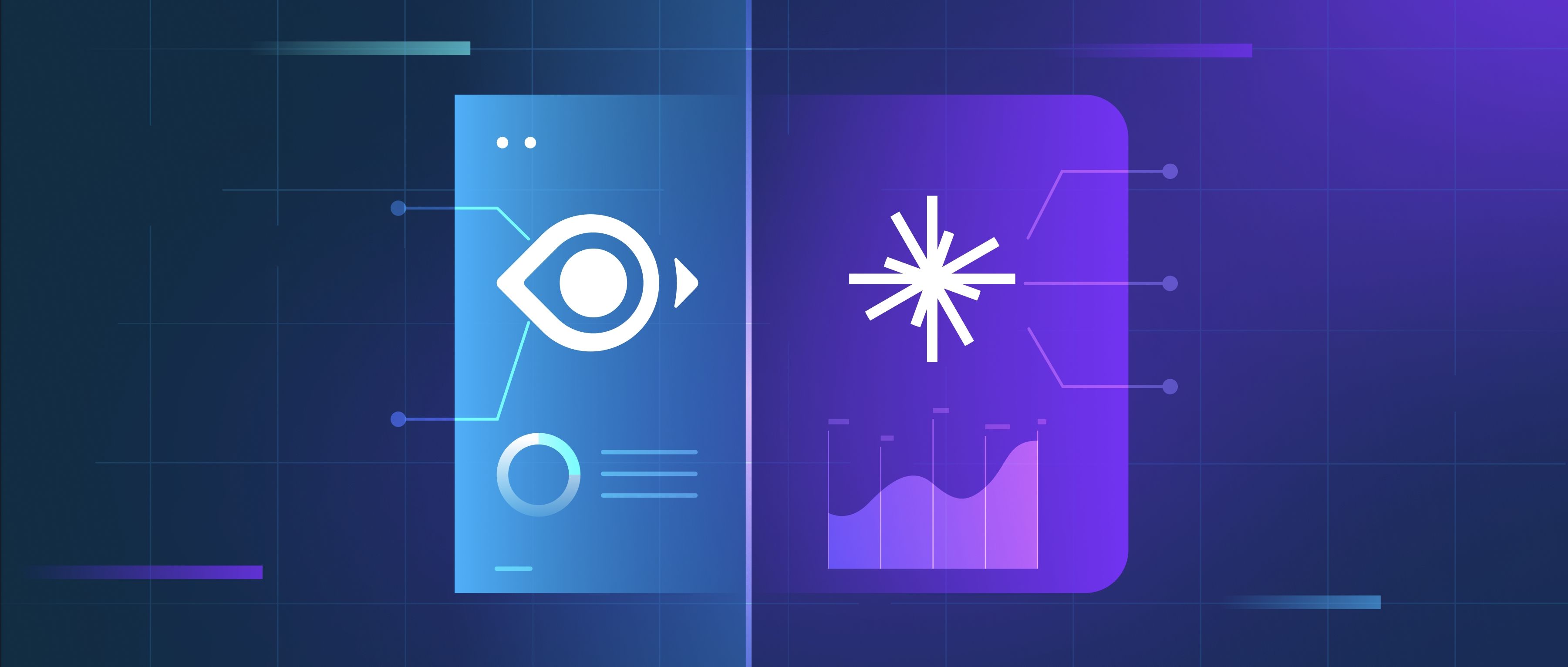Computer vision is a broad field that encompasses several subfields, each focused on different aspects of how computers interpret visual data. One of the key subfields is object detection, which involves identifying and locating objects within images or video streams. This is widely used in applications like facial recognition, self-driving cars, and industrial inspection. Another important subfield is image segmentation, where the goal is to partition an image into meaningful segments or regions. This is crucial for tasks such as medical image analysis, where precise identification of regions (e.g., tumors) is necessary. Semantic segmentation, a specific type of image segmentation, aims to label each pixel in an image with a class label, while instance segmentation goes a step further by distinguishing between different objects of the same class. Other subfields include optical flow (tracking movement between consecutive frames), 3D vision (understanding depth and spatial relationships), and visual SLAM (Simultaneous Localization and Mapping), which is used for robotics and augmented reality. Additionally, there’s interest in image generation through generative adversarial networks (GANs) and multimodal learning, where vision systems are integrated with other data types like audio or text.
What are the different subfields in computer vision?

- Evaluating Your RAG Applications: Methods and Metrics
- GenAI Ecosystem
- The Definitive Guide to Building RAG Apps with LlamaIndex
- AI & Machine Learning
- Accelerated Vector Search
- All learn series →
Recommended AI Learn Series
VectorDB for GenAI Apps
Zilliz Cloud is a managed vector database perfect for building GenAI applications.
Try Zilliz Cloud for FreeKeep Reading
Which algorithms are used for ranking video search results?
Ranking video search results typically relies on algorithms that evaluate various factors to determine the relevance and
How do multi-agent systems model evolutionary dynamics?
Multi-agent systems (MAS) model evolutionary dynamics by simulating interactions between multiple autonomous agents that
What is the impact of open-source on the tech industry?
Open source has significantly shaped the tech industry by promoting collaboration, lowering costs, and enhancing innovat